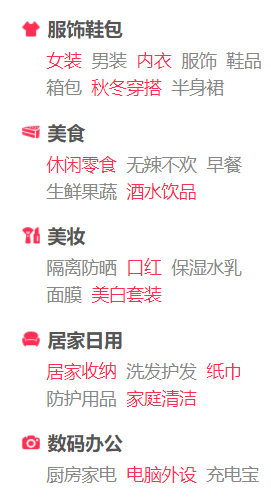推荐点击下面图片,通过本站淘宝优惠价购买:
安装VMware PowerCLI
介绍在win10系统 快速安装vmware PowerCLI (ver:12.3)
获取新版本的PowerCLI
官方入口: VMware PowerCLI
说明 PowerCLI 自 v6.5R1 之后应该都是无安装版,需要使用windows PS作为cmdlet调用窗口。
PowerCLI与VMware其他产品 交互性查询
安装PowerCLI
安装此版本之前,如当前系统已有PowerCLI 6.5及之前的版本,需要卸载掉低版本。
在线安装
打开windows 10 的powershell (管理员)
离线安装
打开powershell
执行如下命令
选择其中某一个Module路径,比如:C:\Program Files\WindowsPowerShell\Modules
将下载到本地的PowerCLI.zip 文件解压到选择的路径下。
解锁已拷贝过来的文件
修改策略,执行如下命令
升级PowerCLI
使用举例
1)连接vCenter
2) 管理VM
3) 添加单独主机到vCenter
4) 设置主机的License Key
5) 批量激活维护模式
本文链接:http://www.hqyman.cn/post/3398.html 非本站原创文章欢迎转载,原创文章需保留本站地址!
休息一下,本站随机推荐观看栏目:


